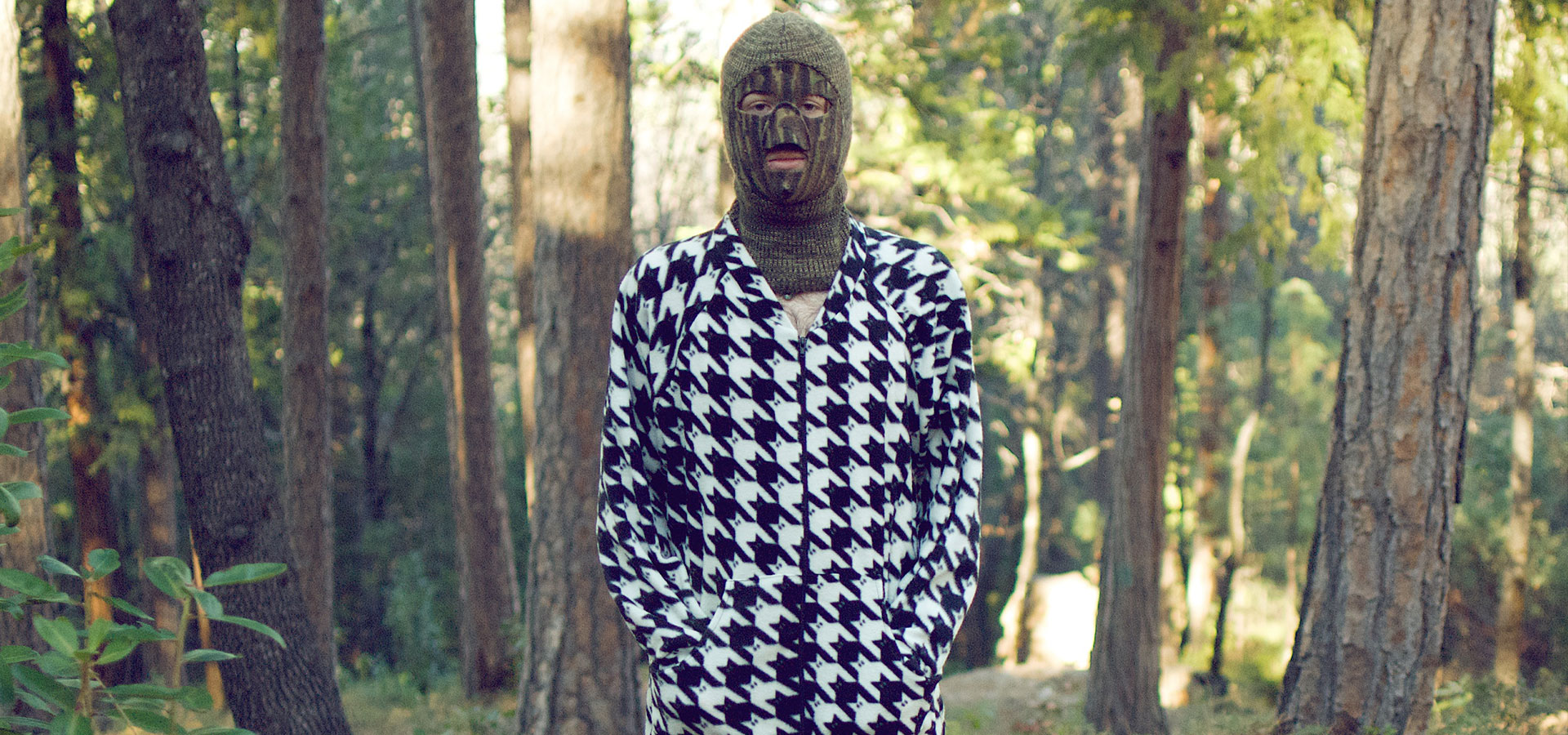
Why Humans Must Look To Nature For Inspiration For What Next
Working with Paula Brock, CFO of the San Diego Zoo Global Center for Bioinspiration
We live in an amazing time in history. There is a convergence happening. We are realizing tremendous advancements in science. We are recognizing our poor stewardship of this earth, and the global economic downturn provides us with the enormous potential for transformational change. All of this is going to require changing the way we think. Returning to interdisciplinary thinking which encourages people with deep expertise in different domains to work together to connect nature’s inspiration to specific design challenges. Bioinspiration gives us that opportunity. We can observe the behaviors, textures, patterns, sounds, and smells of the natural world in a more active way. These observations can lead us to be inspired and the inspiration can lead us to draw analogies.
What is Bioinspiration?
Bioinspiration, also known as biomimicry, is innovation inspired by nature. It is an interdisciplinary process in which biological principles and elements are studied in order to draw analogies to be applied to human innovation. ??Is it the latest new fad in design??Looking to nature for innovation is not a new concept, consider Leonardo da Vinci studying birds and bats to design his flying machines. However, the systematic application of adaptations to human design and engineering challenges is relatively new. With today’s advancements in fields such as nanotechnology, we are now able to study nature on an incredibly small scale. As Paul Saffo, the noted futurist says, every 30 years or so, one science discipline plays a transformative role in creative technology that shapes or lives. We are now entering the age of biology.
What can we learn from nature?
The 30 million species represent a reservoir of inspiration for solving challenges while remaining environmentally sustainable. Every species have unique characteristics that enable their survival, and learning from analogous solutions in nature presents a tremendous opportunity to address diverse industry challenges.
Why should we pay attention to nature?
As demand for natural resources continues to increase, there is a growing cost to companies, consumers, and the environment. If we want to survive and thrive in the next century, we must learn to design new products, systems, and processes that are more efficient and environmentally sustainable. Nature offers a rich source of inspiration for these designs.
With all our major systems broken (education, financial, food, transportation, health, government) how can bioinspiration help?
Systems in nature have faced and overcome many of the same challenges our own systems face today. By studying the dynamics of a functioning ecosystem, we can form analogies to address problems such as: waste, inefficiency, and a lack of synergy between system components. In an ecosystem, waste from one species becomes the resources for another, and this ongoing relationship is critical for overall ecosystem function.??What companies are using/have used bioinspiration successfully to develop better products??There are multiple degrees of bioinspiration integration within companies. For example, Nike, P&G, and IDEO incorporate bioinspiration from a design process and innovation perspective. There is also a growing amount of bioinspired products in the marketplace. To name a few, Qualcomm’s mirasol display, Lotusan’s paint, and Sharklet’s antibacterial micro-texture technology.
Where has inspiration from nature impacted major human systems successfully?
Education:
“The broad objective of the Center for Interdisciplinary Biological Inspiration in Education and Research (CiBER) [at U.C. Berkely] is to innovate methods to extract principles in biology that inspire novel design in engineering and train the next generation of scientists and engineers to collaborate in mutually beneficial relationships.??Biologists working with engineers, computer scientists and mathematicians are discovering general principles of nature from the level of molecules to behavior at an ever-increasing pace. Now more than ever before, nature can instruct us on how to best use new materials and manufacturing processes discovered by engineers, because these human technologies have more of the characteristics of life. This effort will require unprecedented integration among disciplines that include biology, psychology, engineering, physics, chemistry, computer science and mathematics. Fortunately, the age of integration is here. Nature provides useful hints of what is possible and design ideas that may have escaped our consideration. Given the unique process of biological evolution and its associated constraints, identifying, quantifying and communicating these design ideas is a challenge.” SOURCE: http://ciber.berkeley.edu/?page_id=140??
Financial:
According to a recent economic impact report Global Biomimicry Efforts: An Economic Game Changer, “bioinspiration offers the means to achieve both environmental and economic goals. While the field today is just emerging, in 15 years biomimicry could represent $300 billion annually of U.S. gross domestic product (GDP) in 2010 dollars. It could provide another $50 billion in terms of mitigating the depletion of various natural resources and reducing CO2 pollution. Biomimicry could account for 1.6 million U.S. jobs by 2025. Globally, biomimicry could represent about $1.0 trillion of GDP in 15 years.” SOURCE: http://www.sandiegozoo.org/images/biomimicry/biomimicry_economic_impact_study.pdf
Food:
“Permaculture is an ecological design system for sustainability in all aspects of human endeavor. It teaches us how build natural homes, grow our own food, restore diminished landscapes and ecosystems, catch rainwater, build communities and much more. Food Forest mimics the architecture and beneficial relationships between plants and animals found in a natural forest or other natural ecosystem. Everything should serve multiple functions by design – road channels cooling winds towards a house; water tank casts its shade to create comfortable microclimate nearby; rain gutter drains towards a fruit tree.” SOURCE: http://www.permaculture.org/nm/index.php/site/key_concepts
What examples of products that are better by bioinspired design are available today and solving major or minor challenges?
Products inspired by nature may address global issues facing our society such as energy, conservation of natural resources, and the advancing of process and materials that are more efficient and environmentally friendly. Some especially impactful technologies include:
Company: Arnold Glas
Product: Ornilux
Ornilux is “bird-safe glass”, which has UV reflective coating between glass panes to make glass visible and thus avoided by birds (that can see into the UV spectrum) while remaining virtually transparent to the human eye. Bird strikes kill millions of birds annually; Arnold Glas is working to lower this number. Independent testing by the Max Planck Institute of Ornithology showed that birds actively avoid the glass. SOURCE: http://www.ornilux.com/history-research.html
Company: Columbia Forest Products
Product: Purebond?Purebond is mussel-inspired wood glue.
Mussels form water-proof byssal threads to adhere themselves to surfaces in the intertidal zone. By manipulating soy proteins to behave like byssal threads, Columbia Forest Products created the only formaldehyde (a carcinogen)-free wood adhesive available on the market today. It is expected to revolutionize the nation’s $4.4 billion woodadhesives industry. SOURCE: http://columbiaforestproducts.com/Content/Documents/PureBond_Brochure.pdf
Company: Qualcomm
Product: Mirasol display screen?“Mirasol® is a line of color reflective displays released in June 2009 and is one of the first companies to bring an energy efficient reflective technology out of a lab development environment. Mirasol delivers 33.7% increase in efficiency, it is visible in bright sunlight, and the environmental impact of IMOD is 95% less than an LCD of the same size.” SOURCE: http://bit.ly/wByvIy
Company: Biomatrica
Product: DNAstable and others
Tardigrade is an inspired mechanism (process of anhydrobiosis) for DNA and RNA stabilization at room temperature, which negates the need for -80°C freezers resulting in enormous energy and resouce savings. “Stanford University could cut usage of electricity by forty million kilowatt-hours (kWh), reduce its carbon footprint by an estimated eighteen thousand metric tons, and save $16 million dollars in operating costs over the next ten years by transferring biological samples from frozen storage to room temperature storage technology.” SOURCE: http://bit.ly/ch9yCY
Where do you see the Center for Bioinspiration in 5 years?
We believe bioinspiration will contribute to a more sustainable world. As stewards of the world’s largest collection of plants and animals, we can play a critical role in the acceleration and market adoption of bioinspired innovation. San Diego Zoo Global has a 95-year history of innovation aligned with nature, as well as sharing our passion for conservation with approximately 5 million visitors to our facilities and 17 million web visitors annually. Beyond our global leadership in bioinspiration education and awareness, we hope to engage with the discovery and development of biomimicry-based technologies. Products inspired by nature may address global issues facing our society such as energy, conservation of natural resources, and the advancing of process and materials that are more efficient and environmentally friendly.
Photo: Ian Collins


Uncommon Person: Chad Hutson

Our Internal Learning & Impact at Bulldog Drummond

The One Decision by Employers in 2021 that Means Everything

What I Wish I Knew

Standing Up Inside

Uncommon Person: Gregg Imamoto

Five Things Every Company Should Know about ESG

Redefining Value

Uncommon Person: Chris Baréz-Brown

It’s Time For A Whole Lotta Common Good

Did You Choose Humanity?

Uncommon Partnership: Violux

Here’s How

Uncommon Person: Santhosh Nair

Designing Strategy For A Complex World

Responsibility & Relevance for Brands

